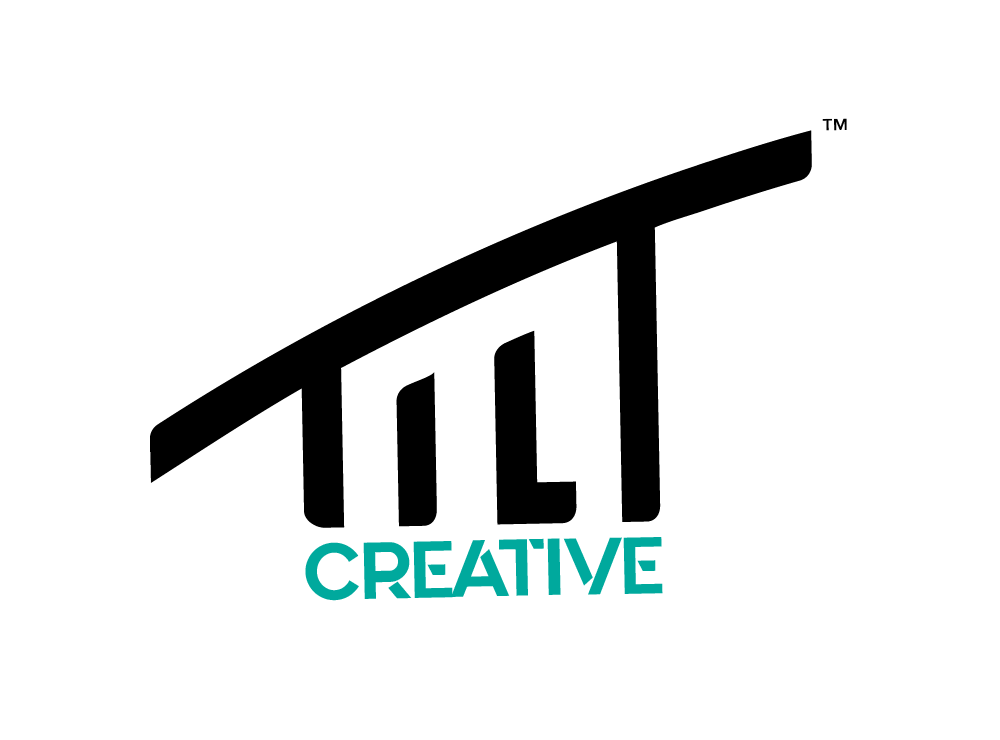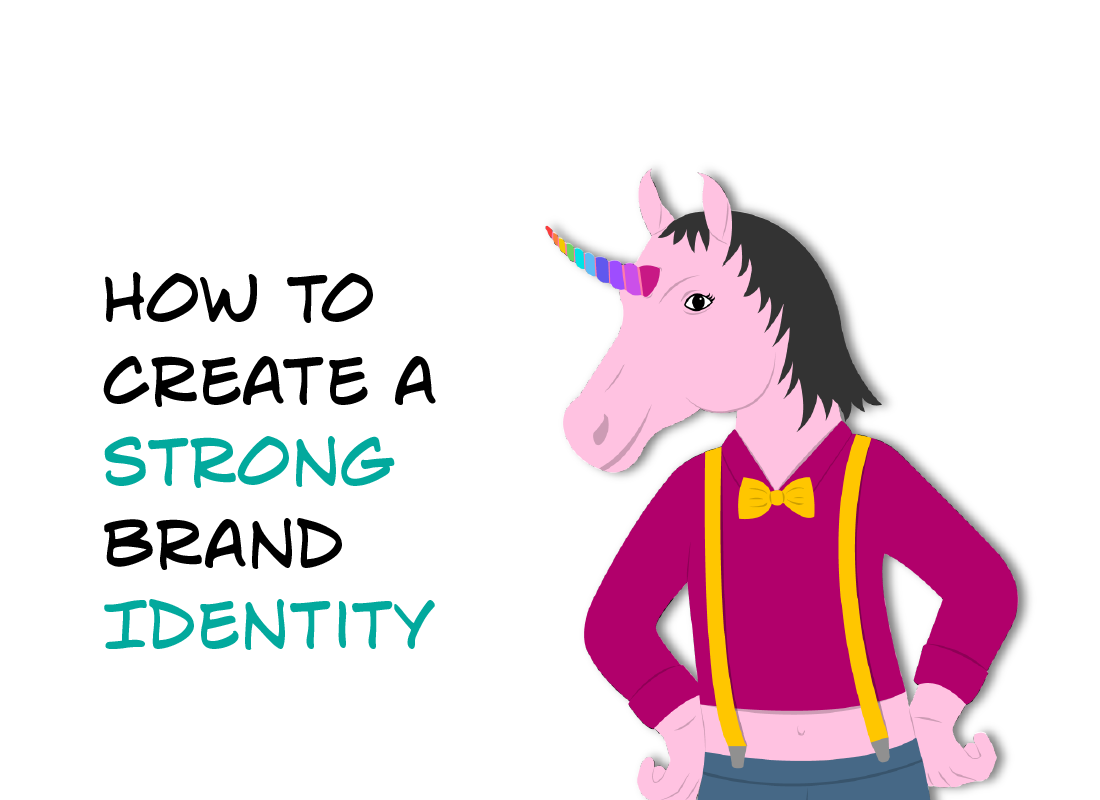Creating a strong brand identity is essential for any business to succeed in today’s highly competitive marketplace. A brand identity is the way that a company presents itself to the world, including its name, logo, colors, messaging, and overall image. A strong brand identity is crucial because it helps to differentiate your business from the competition, builds trust with customers, and establishes a loyal following. In this article, we will explore the key steps involved in creating a strong brand identity.
Step 1: Define Your Brand
The first step in creating a strong brand identity is to define what your brand represents. This involves identifying your unique selling proposition (USP), which is the thing that sets your business apart from others in the market. To do this, you need to ask yourself a series of questions about your business, such as:
- What products or services do we offer?
- What are the benefits of our products or services?
- Who is our target audience?
- What values do we represent?
- What is our brand personality?
Once you have answered these questions, you can start to develop a clear and concise brand statement that communicates your USP and brand values to your target audience.
Step 2: Develop Your Visual Identity
The next step in creating a strong brand identity is to develop your visual identity. This includes your logo, color scheme, typography, and imagery. Your visual identity should be consistent across all of your marketing materials, including your website, social media profiles, and printed materials. When developing your visual identity, consider the following factors:
- Your target audience: What colors, fonts, and imagery will appeal to your target audience?
- Your brand personality: What visual elements will best communicate your brand personality and values?
- Your competition: How can you differentiate your visual identity from your competitors?
Once you have developed your visual identity, make sure to use it consistently across all of your marketing materials. This will help to reinforce your brand identity and make it more recognizable to your target audience.
Step 3: Develop Your Messaging
The third step in creating a strong brand identity is to develop your messaging. This includes your tagline, brand story, and other messaging that communicates your brand values and USP to your target audience. When developing your messaging, consider the following factors:
- Your target audience: What messaging will resonate most with your target audience?
- Your brand personality: How can you communicate your brand personality and values through your messaging?
- Your competition: How can you differentiate your messaging from your competitors?
Once you have developed your messaging, make sure to use it consistently across all of your marketing materials. This will help to reinforce your brand identity and make it more memorable to your target audience.
Step 4: Build Your Brand Voice
The fourth step in creating a strong brand identity is to build your brand voice. This refers to the tone and style of your communication, including the language and messaging that you use. Your brand voice should be consistent across all of your marketing materials, and should reflect your brand personality and values. When developing your brand voice, consider the following factors:
- Your target audience: What tone and style will resonate most with your target audience?
- Your brand personality: How can you communicate your brand personality and values through your brand voice?
- Your competition: How can you differentiate your brand voice from your competitors?
Once you have developed your brand voice, make sure to use it consistently across all of your marketing materials. This will help to reinforce your brand identity and make it more recognizable to your target audience.
Step 5: Establish Brand Guidelines
The final step in creating a strong brand identity is to establish brand guidelines. Brand guidelines are a set of rules and guidelines that govern how your brand should be presented across all of your marketing materials. Your brand guidelines should include your visual identity elements such as your logo, colour scheme, typography, and imagery, as well as your messaging and brand voice. By establishing brand guidelines, you can ensure that your brand identity remains consistent and recognizable across all of your marketing materials.
When creating your brand guidelines, make sure to include the following:
- Logo usage: Specify how your logo should be used, including size, placement, and color variations.
- Color palette: Specify your brand colors and how they should be used across different materials.
- Typography: Specify the fonts that should be used for headlines, body text, and other types of copy.
- Imagery: Specify the types of imagery that should be used across different materials, as well as any specific guidelines for photo usage.
- Messaging: Specify the messaging that should be used across different materials, including your brand story, tagline, and other key messages.
- Brand voice: Specify the tone and style of your brand voice, including the language and messaging that should be used.
Once you have established your brand guidelines, make sure to share them with your team and any partners or vendors who may be involved in creating marketing materials for your business. By enforcing your brand guidelines, you can ensure that your brand identity remains consistent and effective.
Creating a strong brand identity is essential for any business looking to succeed in today’s competitive marketplace. By following the steps outlined in this article, you can define your brand, develop your visual identity, messaging, and brand voice, and establish brand guidelines that ensure consistency and effectiveness across all of your marketing materials. With a strong brand identity, you can differentiate your business from the competition, build trust with customers, and establish a loyal following that will help your business thrive for years to come.
About Désiré Roberts
Brand Consultant @ TILT Creative
Désiré is a senior brand consultant obsessed with brand growth. With over a decade of experience, she has worked with all sizes of companies, from all over the world, across various industries. She’s different because she doesn’t play by the rule book and she loves the challenge of the learning curves of every industry, which has given her an unrivalled competitive edge with an incredible body of knowledge and experience. She’s laser focused, meticulous, ambitious, persevering, and self-driven.
“When you’re a medium to large company, you need a level of authority that’s divergent from the small business sector. The competition is stronger and the stakes are much higher. The same brand tactics will not work; there’s millions of pounds on the line. You have to find someone who is willing to push boundaries and not just think outside of the box, but think outside of the universe. You must change your perspective to play in this ring, else you be knocked out in the first round.
Likewise, when you’re growing a small business, you can’t use the same rule book as the big boys – you have to play the game of your own sector, just better than your competitors. The interesting thing is that not many SMEs pay attention to brand, so just by tightening that area up, you’re instantly in a much better position than your competitors.”
Since you’re looking for someone to level up your brand, you need not look any further; you’ve found it.
Book a call below.


